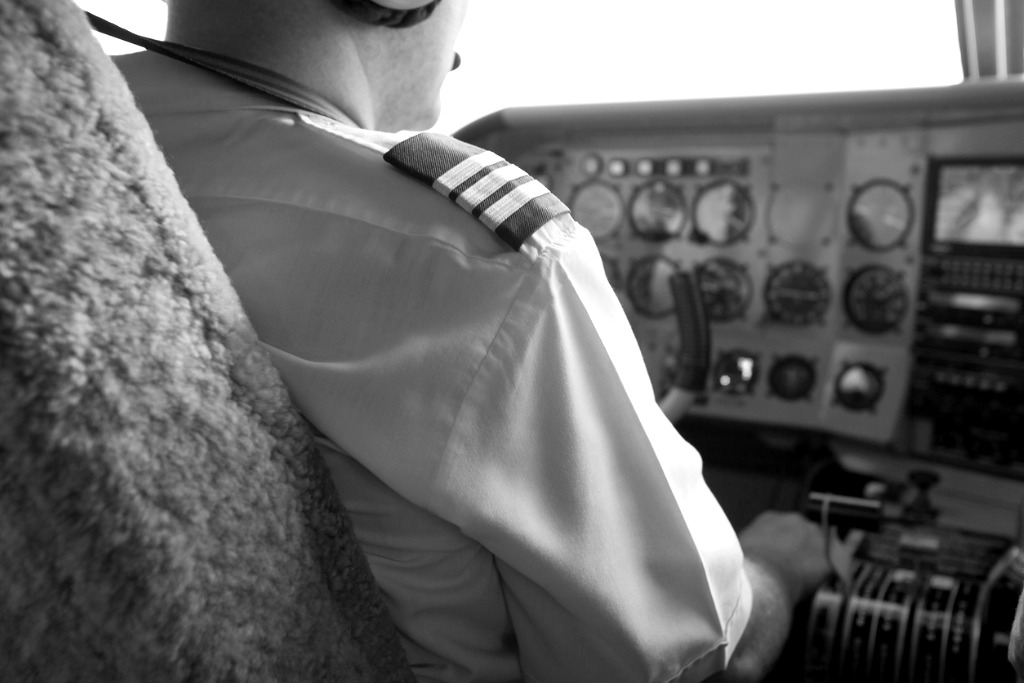Deeply impacted by the failure of peace talks between Ronald Reagan and Mikhail Gorbachev in 1986, Rust sought to forge a symbolic connection between East and West. With his limited flying experience in a Cessna 172—a relic of mid-20th-century technology—he planned a daring flight with a goal of bridging this divide.
On May 13, 1989, he took off from Uetersen Airfield in West Germany, bound for Iceland where the Gorbachev-Reagan summit had recently faltered. Visiting the historic Hofdi House, the site of the failed negotiations, he drew needed inspiration, and pressed on. Continuing his flight, he then flew to Norway and Finland, the country with the most accessible Soviet border.
 While filing his flight plan to Stockholm, Rust turned off his plane’s transponder, the device that enabled tracking, and redirected his course toward the heavily fortified Soviet border. Approaching the region, he faced a formidable air defense system with advanced missiles and fighter planes primed to respond quickly to any intrusion.
While filing his flight plan to Stockholm, Rust turned off his plane’s transponder, the device that enabled tracking, and redirected his course toward the heavily fortified Soviet border. Approaching the region, he faced a formidable air defense system with advanced missiles and fighter planes primed to respond quickly to any intrusion.
Coincidentally, Rust’s flight coincided with Border Guards Day, granting most of the personnel a holiday, which temporarily reduced this surveillance. Nonetheless, Soviet radar eventually detected his presence, prompting MiG fighters to visually identify the unidentified aircraft. Initially mistaking Rust’s Cessna for a similar-looking Soviet training plane, confusion permeated the command chain as the West German intruder defied expectations.
Due to the notoriety surrounding the downing of South Korean airliner KAL 007 in 1983, Soviet commanders exercised caution, awaiting authorization from Defense Minister Sergei Sokolov to engage with the rogue plane. Meanwhile, Rust navigated solely with rudimentary maps he had purchased, and as dusk settled, he recognized Moscow’s iconic Saint Basil’s Cathedral.
Desperately searching for a safe landing spot, Rust spotted the Bolshoy Moskvoretsky Bridge, partially cleared of cables for maintenance. He skillfully touched down on the bridge, captivating the astonished onlookers who gathered in awe. Even KGB agents found themselves unsure of how to respond, engaging in hesitant discussions among themselves.
 Eventually, Rust was apprehended, and his Cessna was taken to a nearby airport for examination. The audacity of a teenager breaching the Soviet Union’s air defense system left everyone bewildered. After nearly a year in jail, Rust was returned to West Germany, forever grounded from flying by his home country.
Eventually, Rust was apprehended, and his Cessna was taken to a nearby airport for examination. The audacity of a teenager breaching the Soviet Union’s air defense system left everyone bewildered. After nearly a year in jail, Rust was returned to West Germany, forever grounded from flying by his home country.
Unbeknownst to Rust, his audacious act resonated deeply. The military chaos it exposed provided Mikhail Gorbachev with an opportunity to bypass hardliners opposed to his reformist agenda. Gorbachev’s reforms, including perestroika (economic revolution) and glasnost (societal openness), gathered momentum. Three years later, the Soviet Union collapsed, forever altering the course of world history.
Driven by his noble quest, Matthias Rust had made a personal statement so powerful that the world could not ignore it. Despite never piloting an aircraft again, his symbolic flight for peace left an indelible impact on the collective consciousness of people worldwide.
Reference
Dowling, S. (2017, May 26). The audacious pilot who landed in Red Square. BBC Future. Retrieved from www.bbc.com/future/story/20170526-the-audacious-pilot-who-landed-in-red-square




